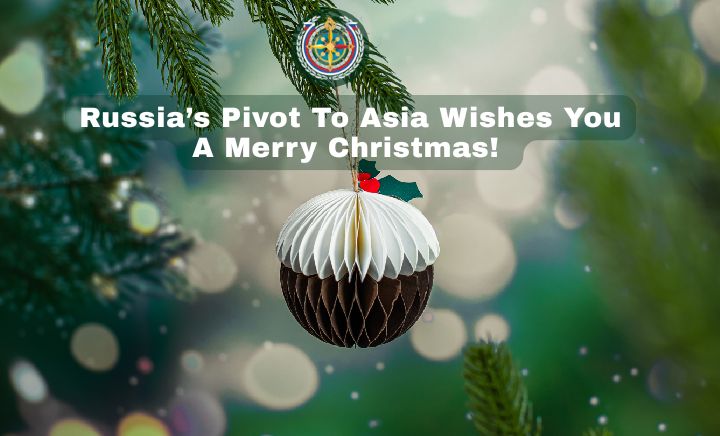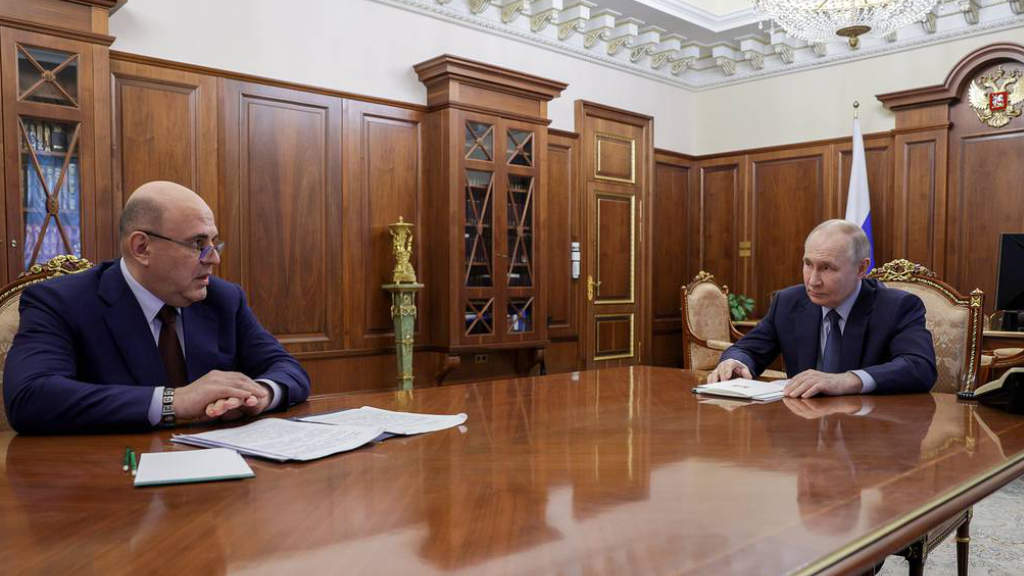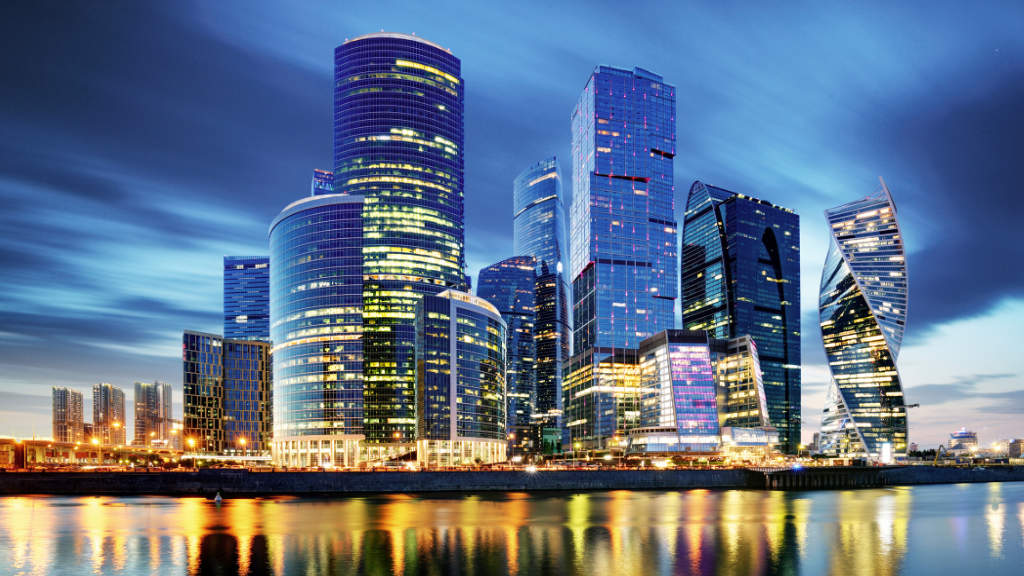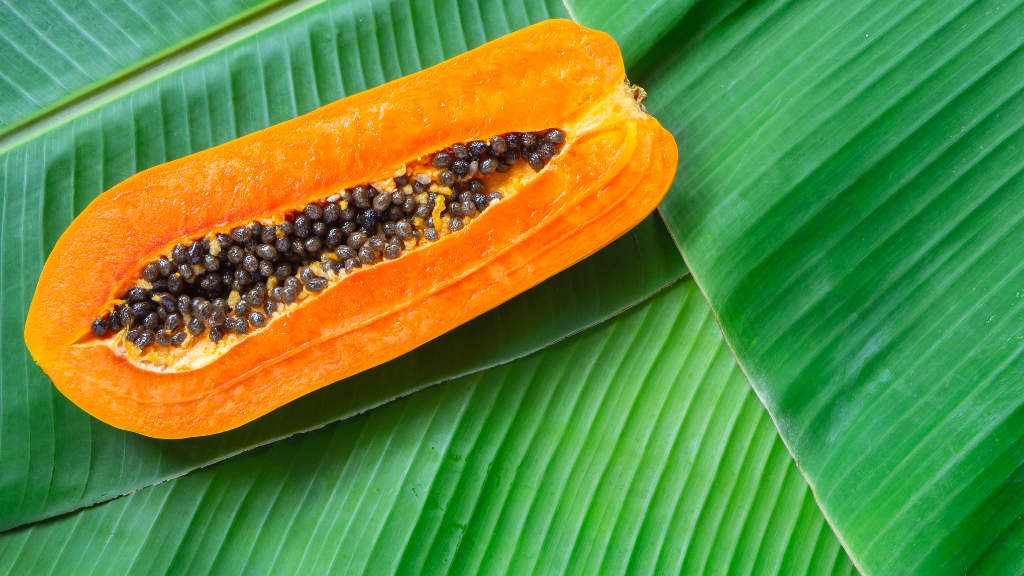Russian President Vladimir Putin has been discussing and analysing Russia’s economic position during 2024 with Prime Minister Mikhail Mishustin to see areas that worked and where attention to change needs to be directed. Mishustin was presenting the results of Russia’s economic performance for last year. The results are generally positive but there are some critical issues to address.
It should be noted that Putin studied law at Leningrad University, defending a dissertation entitled “The Principle of Most Favorable Treatment in International Law”, and also defended his PhD thesis entitled “Strategic Planning of Reproduction of the Mineral Resource Base of the Region in the Conditions of Formation of Market Relations” at the Mining Institute of St. Petersburg. At the same time, Mishustin earned a PhD in economics from Plekhanov University, and during his years of study he added a PhD in economics from the Presidential Academy of National Economy and Public Administration.
One positive aspect has been that according to Rosstat, the growth of real disposable incomes in Russia climbed to 9.4% year-on-year in Q3 2024, following a 9.8% increase in Q2 and 6.4% in Q1. Overall, Rosstat estimated the growth in real disposable incomes at 8.6% between January and September 2024. Simply put, the average Russian now has an extra 8.6 rubles for every 100 rubles they earned in 2024 to spend on luxury items – so-called ‘disposable income’ after all living expenses have been catered for.
Another important figure for discussion is Russia’s unemployment levels as this is creating problems. On average, it did not exceed 2.5% throughout the year and currently stands at 2.3%. That has lead to competition to hire in-demand workers, meaning salary increases (hence the rise in disposable income levels) however this also feeds inflation, which if allowed to continue could wipe out the disposable income benefits. To illustrate this, real wages grew 8.7% over the 11 months January-November 2024.
A lack of available workforce supply is also hindering Russia’s potential economic growth, with this expected to drop this year to about 1.7%, down from 4.1% in 2024 as a result. Addressing this will require new employment policies, with some of them radical – Russia is looking to attract skilled labour from India for example to address the deficit. This scheme is also being looked at on a broader basis, with some discussions underway about imported workers from Africa, in addition to huge adult retraining programmes being adopted. Certain highly-labour intensive, but low-value industry sectors may also be forced out of the Russian market as a result as Moscow looks to upgrade its available labour pool.
Mishustin said that 2025 GDP growth might not be as high as the 4.1% seen in 2024. “But it is essential to stop inflation and do all we can, on no uncertain terms, to ensure long-term economic growth based on a stable macroeconomic situation.” Putin said this year’s task was to lower inflation and enter a balanced growth trajectory, adding that “Russia needs to change the structure of its economic growth and develop the supply chain economy. We need to change the structure of such growth. I have already said it is important everywhere, in all regions of our country, to create new plants, new jobs. And the work at such plants should be based on modern principles of governance and on a new technological base.”
This implies that Russian industrial manufacturing output will be directed at more added value and higher up the value chain developments. Old, labour-intensive industries will be phased out, and new, more technologically advanced industries will be incentivised.
Another answer for Russia here will be the development of Russian robotics, which is already growing thanks to the country’s focus on automation and modernization. According to the President’s instruction, Russia should be among the top 25 countries in robotization by 2030. To fulfill the order, more than 85,000 robots will need to be put into operation. The government supports the robotics industry with R&D subsidies, compensation to the manufacturer for the discount it has given to customers, tax incentives, favorable guarantees and reimbursement of part of the low-interest loans received to replenish working capital or finance current operations.
The trick Putin and Mishustin need to pull off is to direct Russia’s economy in such a manner while continuing to keep inflation down and simultaneously increasing disposable income levels.
Further Reading
President Putin’s Annual Q&A: The Economy and BRICS: Analysis






